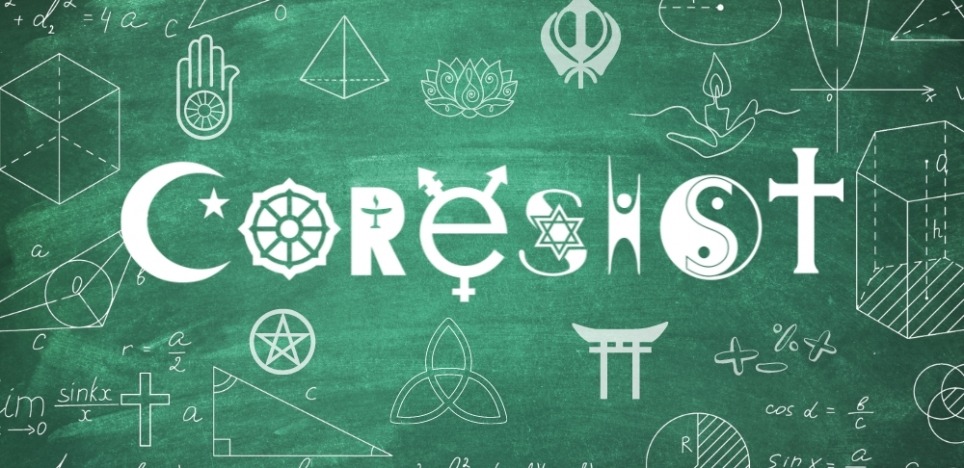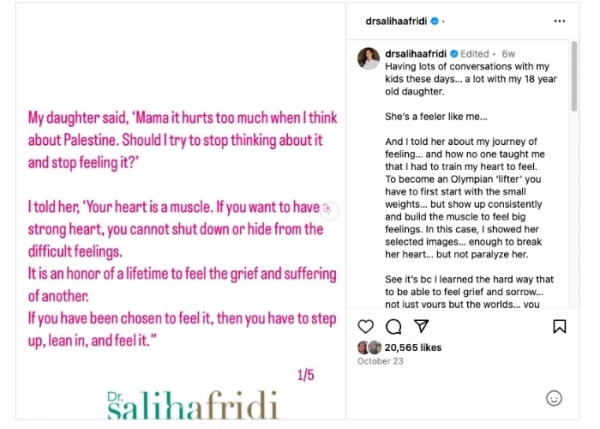I keep getting notices from the Glendale Optometry center that I am overdue for an eye exam. The most recent one said I should get ready for the holidays by getting my sight tested.
I have never connected the holidays with eye exams, but I wonder if I should. I wonder if we all should. There is certainly enough thematic invitation to do so.
Hanukkah is a festival of lights; Bodhi day celebrates the enlightenment of the Buddha; Advent acknowledges darkness and waits for light; winter solstice marks the Earth’s fullest tilt away from the sun; and Kwanzaa symbolizes African cultural principles by lighting candles on the kinara.
So many candles, so much light. Humans really value being able to see. (If this seems too obvious, consider that, in the canine year, for example, smell rather than sight would likely be the organizing sense.)
In 2023, though, I find myself wondering if we are seeing, what we are seeing, and what we are not seeing. Those who commit acts of hatred against Muslims and Jews are not seeing clearly. Those perpetrating wars and genocides are not seeing at all.
Meanwhile, those of us on the sidelines of all that — watching the news, scrolling our feeds — may feel we are seeing too much. And as a result, we may look away so we can’t see, which is not so different in the end from not seeing at all.
With all the light and fire of this season, what are we seeing? And what are we not seeing even as we celebrate our enlightenment?
***
I listened to a lecture this morning about physics that mostly went over my head, but this landed hard: only 4 percent of what exists is visible to us.
It seems all of us are in need of a visit to the Glendale Optometry Center! But who could make the drive safely when we see only 4 percent of what exists?!?
The answer, then, to the question, What are we not seeing this Holiday season?, is this: 96% of the universe.
In a world of perfect human beings, here is what happens during this Holiday season of enlightenment. Jews lighting the menorah see 4 percent of what exists. Buddhists hanging lights on a Bodhi tree see 4 percent. Ditto Christians, also lighting candles and hanging lights on trees. Same with pagans greeting the sun rise, and diasporic Africans celebrating Kwanzaa.
No one sees more than 4 percent.
Frustrating? Yes.
But there’s more.
No one sees more than 4 percent of what exists, and most of us see way less — because we are not the perfect human beings of my thought experiment. We are animals with dirt under our fingernails, messy hair, insecurities and, often, nasty attitudes.
Religion, spirituality, culture, and even science begin with a people’s desire to see clearly. We want the Buddha’s enlightenment, so we become Buddhists. We want Jesus’s compassion, so we become Christians. We want to understand natural laws, so we devote ourselves to a scientific worldview. Etc.
We start by wanting to see things clearly and know as much as we can. And then tradition, culture, and the passage of time do their work, and we end up mostly seeing only certain things.
Religious and spiritual traditions and even science help us define ourselves and the world, giving us identity and belonging amidst chaos, but they can also shelter us so thoroughly that we fear difference and estrange humility.
And then, at our most sacred moments, we isolate. In the holiday season, we honor the Jewish sacred or the Christian sacred or the Buddhist sacred. . . .
We honor our source of truth by reducing what we see. Make it make sense.
I can’t help but think of religion’s harsh critic James Baldwin, who wrote, “If the concept of God has any validity or any use, it can only be to make us larger, freer, and more loving. If God cannot do this, then it is time we got rid of Him.”
What if, this year, we honored what is sacred by making our celebrations as large and free as God?
What if, in this month-long festival of light and enlightenment, we embraced interfaith?
What if we committed to engaging in some way across all of the season’s celebrations of enlightenment: Hanukkah, Bodhi Day, Solstice, Advent/Christmas, and Kwanzaa?
I think what would happen is this: we would see more, see more clearly, and see what matters.
By my math we could raise our max level of seeing from 4 percent to 20 percent. That’s 4% of what exists in the world times the five traditions, or lenses, of the season.
You might call that out as “interfaith math” and you’d be right. And my math would also be right.
Because along with “girl math,” “boy math,” “gay math,” “dog math,” and “white math,” why shouldn’t we have “interfaith math”? Why shouldn’t we believe that we can see more of the universe by trying on more lenses?
This holiday season let’s give ourselves over completely to our desire to see through the darkness. Let’s do the most logical thing towards that great end and dissipate the darkness with all the light at our disposal: the candles on the menorah and the candles on the kinara; the string lights on the Bodhi tree and the string lights on the Christmas tree.
Below are some ways to multiply your 4 percent
Engage other traditions:
Engage with each of the traditions at the sacred time. Below are links to articles from our Naming the Days series, each with a set of practices to immerse you in another tradition.
Advent, December 3-24; Christmas, December 25
Hanukkah, December 7-15
Bodhi Day, December 8
Winter Solstice, December 21
Kwanzaa, December 26-January 1
Keep your eyes open even when it hurts:
Therapist Leah Menaema offers wisdom from indigenous traditions that can help to reframe how we react to the violence we see.
“Something coming up a lot for folks is they are stuck in their overwhelm and grief, and I wanted to offer some indigenous solutions to colonial problems. . . . One of the things I am doing to support myself and other people is that when I am watching images of unimaginable loss and pain, I am taking a moment to thank my exquisite sensitivities for reminding me of my humanity. I would much rather feel this much pain than be numb to this kind of suffering, and that makes me feel really grateful.”
For more, visit her website or Instagram, particularly the post from which this quotation came.
Clinical Psychologist Dr. Saliha Afridi recounts a conversation she had with her 18-year-old daughter about Palestine. It begins with a question many of us are struggling with in relation to the many horrors happening around the world and at home: “Mama it hurts too much when I think about it. Should I try to stop thinking about it and stop feeling it?”
Dr. Alfridi answers that feeling someone else’s pain is an honor and an opportunity to make our hearts stronger. “Every time your heart breaks, it strengthens,” she tells us. “The work of grief is the work of activism and soul making.” Our pain means that we “have been chosen as one of the people on this earth through which past, present, personal, and collective grief will be addressed, metabolized and healed.”
She concludes, “The only hope for humanity is in the hands of people like you who are devastated by what is happening in Palestine right now… people like you who confront the painful truths about our world and let that truth pierce them deeply enough that they are moved to do something to correct it. So keep feeling.”
(See the entire conversation on Instagram.)
This Holiday season, keep feeling. As you do the work of empathy, consider that your connectedness to others is a great gift, and imagine that in your pain a new way and a new world is being formed.

